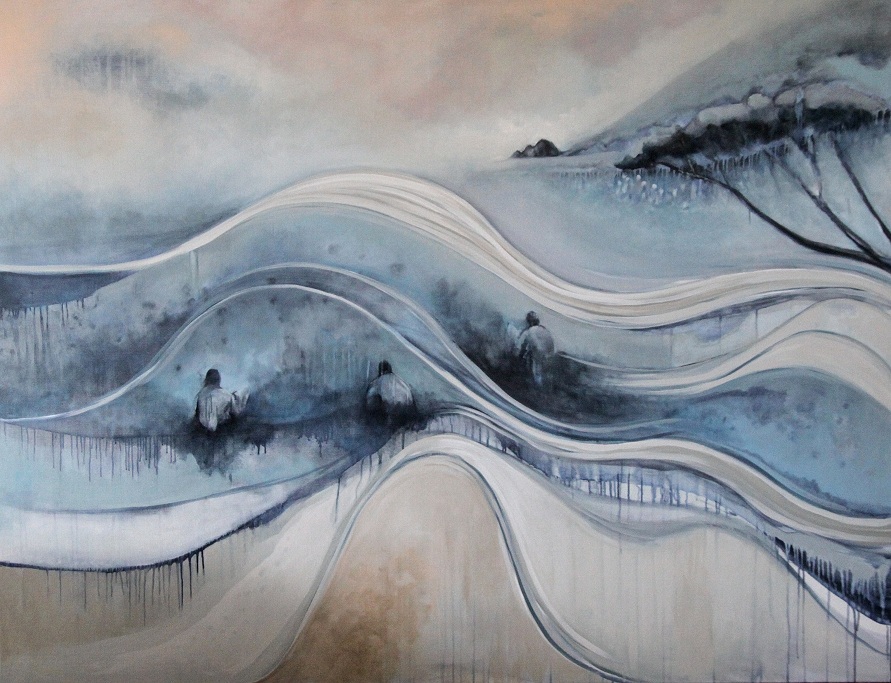Space and Language in Mr Scobie's Riddle: translating displacement into Italian
Keywords:
Elizabeth Jolley, TranslationAbstract
The relationship between space and language is brought up and questioned in Elizabeth Jolley’s Mr Scobie’s Riddle through the displacement felt by the three male patients of Room One of the nursing home in which the novel is set. The patients desire to go back to the lives they were leading before entering the hospital, and return to their previous homes. Their feelings are portrayed in the novel through an affective description of the spaces they share in the nursing home in which the novel is set and the spaces they occupied in the past. The contrast between indoors and outdoors is a vehicle for the expression of these feelings of displacement. Some key words which describe spaces, such as ‘home’, ‘house’ and ‘place’, are also used to express displacement. They identify different nuances of attachment to or repulsion from a certain space. Due to their primary role in portraying displacement, all of the above elements need to be mirrored in my Italian translation of the novel. This operation is not always easily carried through due to the anisomorphism between the English and the Italian language.Downloads
Published
2014-06-10
Issue
Section
Articles
License
The copyright for articles in this journal is retained by the author(s), with first publication rights granted to the journal. By virtue of their appearance in this open access journal, articles are free to use with proper attribution in educational and other non-commercial sectors.Attribution-NonCommercial-ShareAlike 2.1 Australia
This work is licensed under the Creative Commons Attribution-NonCommercial-ShareAlike 2.1 Australia License. To view a copy of this license, visit http://creativecommons.org/licenses/by-nc-sa/2.1/au/ or send a letter to Creative Commons, 543 Howard Street, 5th Floor, San Francisco, California, 94105, USA.
How to Cite
Space and Language in Mr Scobie’s Riddle: translating displacement into Italian. (2014). Journal of the Association for the Study of Australian Literature, 14(1). https://openjournals.library.sydney.edu.au/JASAL/article/view/9880

